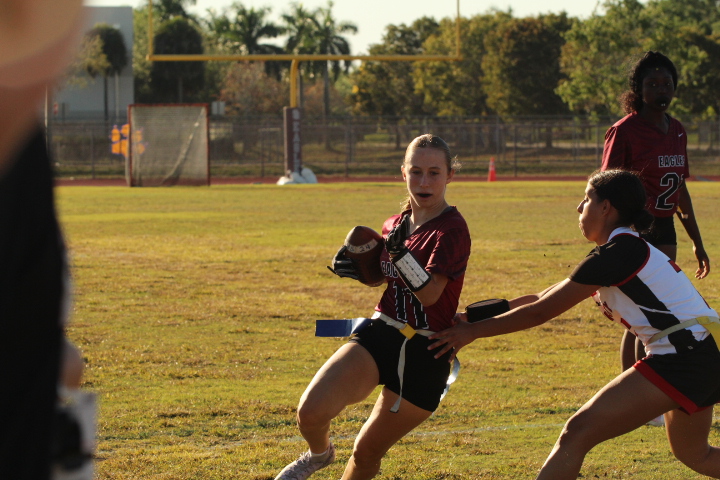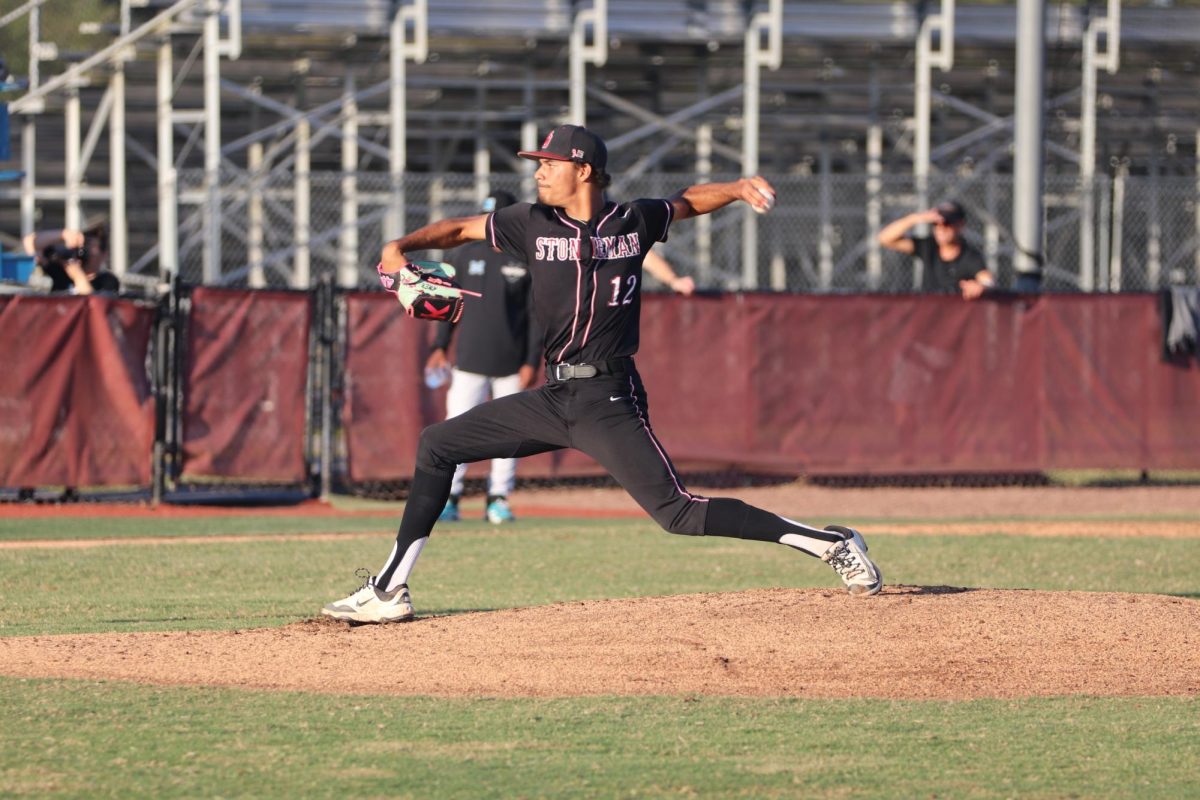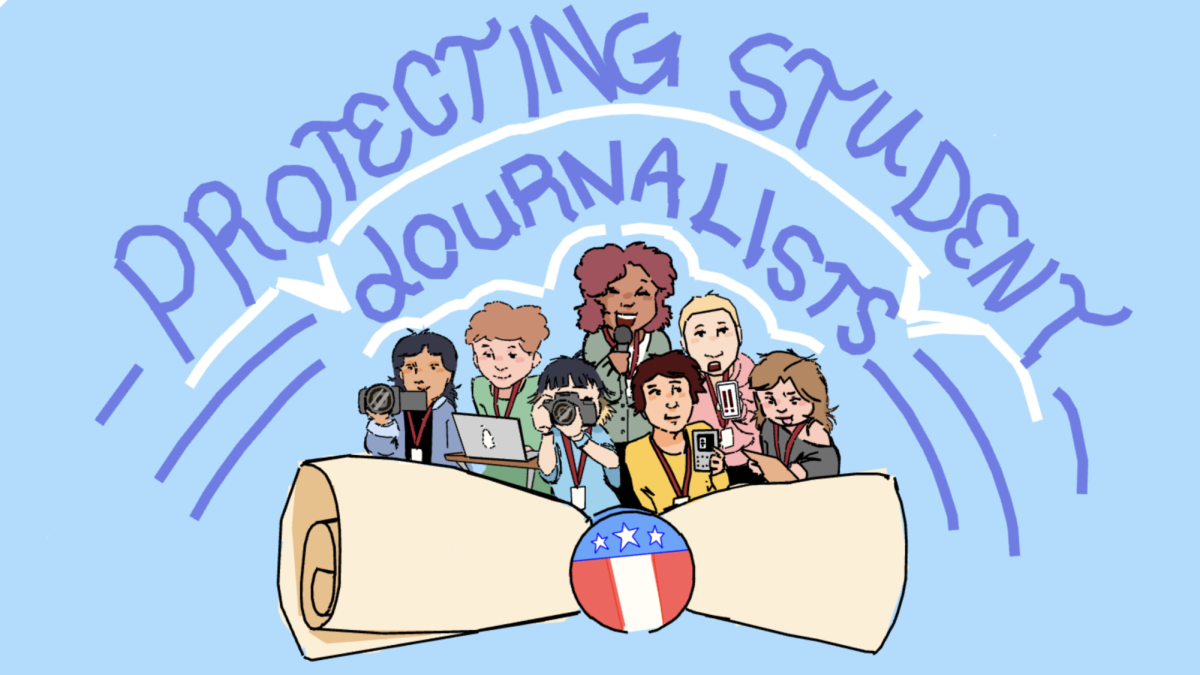MSD teachers cope with an entirely new culture of teaching due to COVID-19
September 14, 2020

Since the first day of school on Aug. 19, classes at Marjory Stoneman Douglas High School have been operating solely online. This change is due to the global pandemic currently occurring with the COVID-19 virus. In an effort to keep these classes as involved as possible, teachers are expected to teach students from behind a screen through the use of sites and services like Canvas and Microsoft Teams.
Distance learning has been difficult for many students and teachers because of the unique format wherein they can not meet face-to-face. Learning virtually has proven to be challenging for students who are not comfortable with asking questions or find it hard to pay attention for a full 90 minutes.
As a result, many teachers must rely on nonverbal cues from students when deciding who may need extra help. Facial expressions and nods help communicate if the students are understanding new concepts and if the teacher needs to speed up or slow down. With online learning, this nonverbal communication can be more difficult to observe, especially when students choose to turn their cameras off.
“It’s hard, in a sense, that I don’t get to see them,” English teacher Dara Hass said. “I have to read their voices instead of their faces.”
Technical difficulties involving slow internet, crashing sites and miscommunications also seem to be an ongoing issue. It’s more difficult for teachers to assist students when these problems occur because they are behind a screen rather than in a classroom.
“Every class, I have at least one student that can’t get in,” DECA Hospitality teacher Mitchell Albert said. “There is normally some difficulty with the stableness of the actual connection.”
As a result of virtual schooling, many kids are sitting and staring at a screen all day with only a quick five minute break in between classes to stretch their legs, which can impact students’ physical and mental health.
However, many teachers have scheduled breaks during the calls, while others give students time to work with peers in breakout rooms. Various teachers are making a genuine effort to remain as connected with their students as they would be in the classroom.
“I have a lot of great students, and I still feel connected to them,” Hass said. “It’s just different.”
Nevertheless, this drastic change of learning environment has affected students greatly. According to The New York Times, students are falling behind like never before. Some have even lost a full year’s worth of knowledge.
Students are not the only ones having trouble with the setup of classes this year. Teachers would not typically be at their desks all day or sitting behind a computer. T
hey also have to face the challenges that come with this new routine and many of them have had to learn how to use new technology. In light of this, the Broward Teachers Union website provides tips and updates on online learning for teachers on their homepage.
“Teaching is way harder,” Albert said. “When I’m in school, I’m not at my desk. I’m out and about and talking to students.”
Prior to the 2020-2021 school year, teachers were conducting their online classes on Zoom. Adjusting to the new and unfamiliar technology of Microsoft Teams within a short period of time was not easy for them.
“I think it was just trying to get used to using something that was completely new,” chemistry teacher George Leporte said. “Trying to come in and figure out Teams and seeing that it wasn’t really set up the way we needed was frustrating.”
Teachers rely on contact with students in order to get to know them and their learning styles. When this contact doesn’t occur, students tend to participate less, which can affect the relationships between teachers and students, as well as the class structure.
“I do think the relationships between the kids and the students are going to suffer a ton until we get back in the classroom,” Leporte said. “I’ve had a couple kids that said they had a question, but they didn’t want to ask.”
Although the teaching culture has shifted drastically due to COVID-19, MSD teachers are consistently trying to find ways to deal with the challenges that come with online learning.











